Holy Bull, 1994
A grey son of Great Above—Sharon Brown, by Minnesota Mac, Holy Bull was unbeaten at two and went into the Derby as the favourite, but finished a dismal twelfth in a field of fourteen. He skipped the next two Triple Crown races, but went on later that year to win several major stakes over older horses, including six straight wins, and was named Champion Three-Year-Old and Horse of the Year. He went on to become a very important sire. The Derby winner, Go For Gin, never won another race despite making nine more starts, but did finish second in both the Preakness and Belmont, both to Tabasco Cat (sixth in the Derby) and placed in three more stakes. Unlike Holy Bull, Go For Gin was only a moderate success at stud.
Skip Away, 1996
The grey Skip Trial son Skip Away, America's champion Three-Year-old in 1996, ran an unexpectedly bad race in the Derby to finish twelfth, well back of winner Grindstone. He redeemed himself by placing second in both the Preakness and Belmont and winning the Haskell Invitational, the Jockey Club Gold Cup and the Woodbine Million. He went on to become champion handicap horse the next two years and Horse of the Year in 1998. He was never popular as a sire, despite a record of 21 stakes winners from just 489 foals.
Bodemeister and Union Rags, 2012
In a packed field of 20, including such good horses as Dullahan, Hansen, Gemologist and other stakes winners, the two standouts were two-year-old champion Union Rags, trained by Michael Matz (who had trained the ill-fated Derby winner Barbaro), and Bodemeister, whose trainer Bob Baffert had just survived a near-fatal heart attack. No one expected the Canadian-owned chestnut I'll Have Another, a 15-1 longshot, to catch Bodemeister with just 150 yards to go and fly past him him to win. Dullahan was third. Union Rags had a nightmare trip and finished seventh.
In the Preakness, it happened again, with favourite Bodemeister having to settle for second to I'll Have Another. Union Rags sat this one out, but came back to win the Belmont after I'll Have Another was scratched due to a tendon injury. Bodemeister, tired of being second, skipped the Belmont. I'll Have Another went to stud in Japan. Union Rags (Dixie Union—Tempo, by Gone West) was injured in July 2012 and retired to stud in Kentucky. Bodemeister (Empire Maker—Untouched Talent, by Storm Cat) was diagnosed with a shoulder injury in August 2012 and retired to stud in Kentucky.
These are just a few of the many stories of amazing Kentucky Derby surprise winners and of great horses who, as betting favourites, failed to win this prestigious race. But win or lose, they are all part of the history of the Run For the Roses.


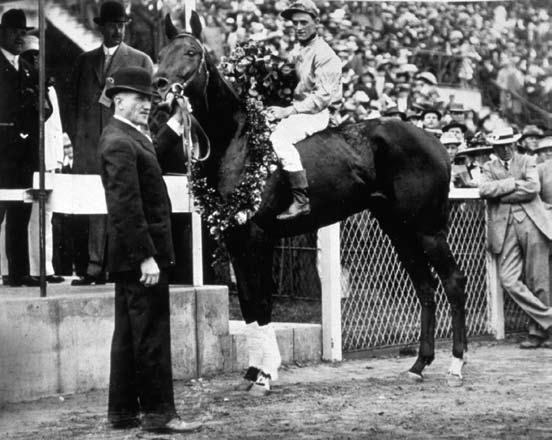
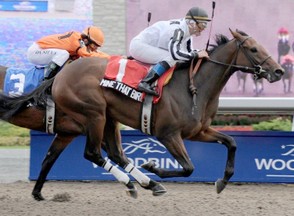
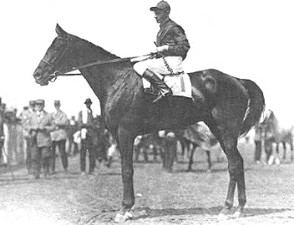
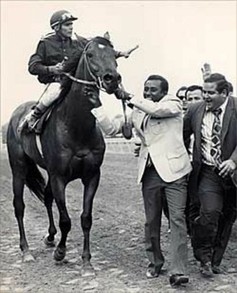
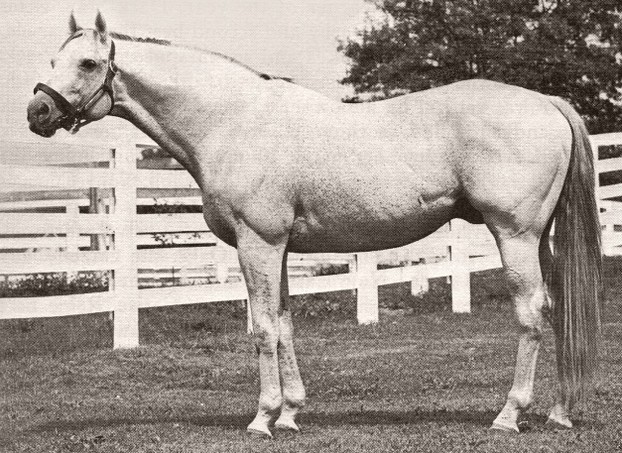
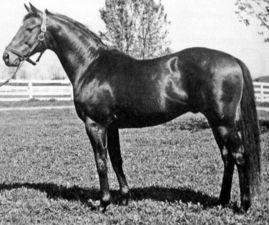







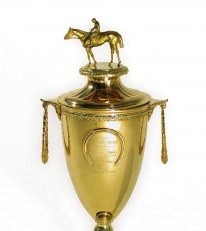

 Versatile Nova Scotia Duck Tolling Retrieverson 08/02/2014
Versatile Nova Scotia Duck Tolling Retrieverson 08/02/2014
 Should You Spay or Neuter Your Puppy?on 08/12/2014
Should You Spay or Neuter Your Puppy?on 08/12/2014
 Horse Racing History: the Preakness Stakeson 05/15/2014
Horse Racing History: the Preakness Stakeson 05/15/2014
 Dinosaurs Will Be On Display in Trenton, Ontario, Canadaon 07/29/2013
Dinosaurs Will Be On Display in Trenton, Ontario, Canadaon 07/29/2013

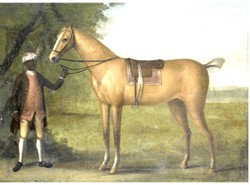
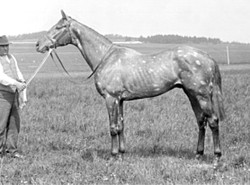
Comments
I think he did not get quality mares because his pedigree was not as popular as those of other stallions at that time. As well, he was at stud at King Ranch in Texas, not in Kentucky, where the best mares were sent for breeding. According to Pedigree Query, he sired fewer than 80 registered foals.
The third paragraph to the sixth long-shot, Canonero II, 1971, advises us that "As a stallion, he did not get quality mares and had little opportunity to reproduce his brilliance, and was sent back to Venezuela."
Is it known why Canonero II lacked "quality mares"?
That was great to read! Especially with the Derby coming up for this year!